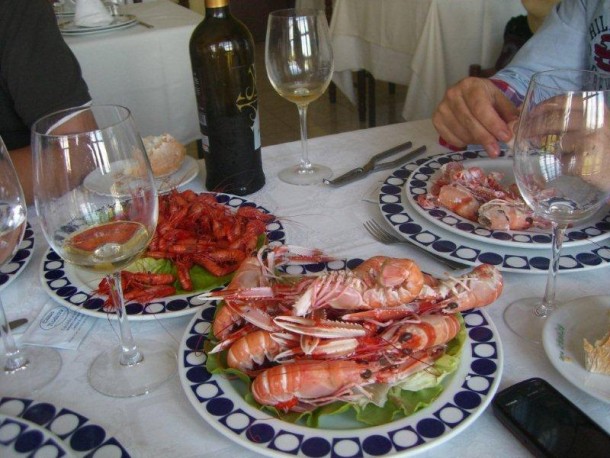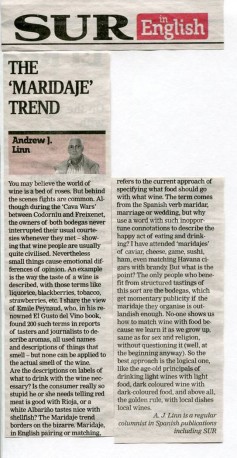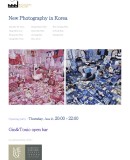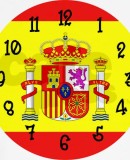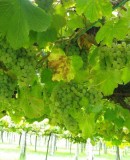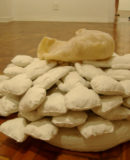Is ‘Maridaje’ A Mug's Game?
 IS ‘MARIDAJE’ A MUG’S GAME?
IS ‘MARIDAJE’ A MUG’S GAME?
by AJ Linn
(Originally published in Spanish in Diario Sur)
You may believe the world of wine is a bucolic bed of roses. But behind the scenes fights are common, and not just between supporters of Robert Parker or José Peñin – the American and Spanish top points-awarders. Just as an example, the ‘Cava Wars’ between Codorníu and Freixenet lasted ten years, but the owners of both litigating bodegas never interrupted their usual courtesies to each other whenever they met – without a mention of the mammoth court case that was rolling on and on –showing that wine people are usually quite civilised.
But even small things cause emotional differences of opinion between one group and another.
A common example is the way the taste of a wine is described. I am sure you are familiar with those terms like liquorice, leather, blackberries, tobacco, strawberries, chocolate, old socks…. and so on, ad nauseam. To be sincere, and risking the wrath of my colleagues in the business, I incline more towards the opinion of the great wine guru Professor Emile Peynaud, who, in his great work El Gusto del Vino (The Love of Wine) explained that more than 200 terms have been found in reports of tasters and journalists to describe such aromas. Problem being that all those used are names and descriptions of things that smell – none can be applied directly to the actual smell of the wine they are trying to illustrate.
Likewise I am not surprised that wine drinkers are less than impressed by the descriptions on wine labels of what to drink with the wine in question. Is the consumer really so stupid he or she needs to be told that red meat is good accompanied by a red Rioja, or that a white Albariño from Rías Baixas tastes nice with shellfish?
The maridaje word is probably bordering on the limit of our comprehension of such matters. Maridaje, in English pairing or matching, refers to the current fashion of specifying right down to the last element what food should go with what wine. The term is unfortunate anyway (who invents these things?) coming from the Spanish verb maridar, marriage or wedding, and as one wine critic put it, why should a word with such unfortunate connotations be used to describe such a happy act as eating and drinking (I think he had his tongue partly in his cheek!).
Be that as it may I have attended ‘maridajes’ of pastas, caviar (with champagne), cheeses, game dishes, bacalao, sushi, cured meats, even one that involved matching Havana cigars with brandy. But what is the point of it all? There are many people who, going against the majority, maintain that cheese should always be accompanied by white wine, or even water, and anyway isn’t all this a matter of personal taste rather than a rite? The only people who profit from structured tastings of this sort are the bodegas, which get momentary publicity if the maridaje they organise is outlandish enough.
No-one shows us how to match wine with food and we learn it as we grow up, same as for sex and religion, without questioning it (well, at the beginning anyway). So the best approach is the logical one, like the age-old principals of drinking light wines with light food, dark coloured wine with dark-coloured food, and above all, the golden rule, with local dishes local wines. There is really nothing illogical about any of this.
Disclaimer: The views, opinions and positions expressed within this guest article are those of the author AJ Linn alone and do not represent those of the Marbella Marbella website. The accuracy, completeness and validity of any statements made within this article are not guaranteed. We accept no liability for any errors, omissions or representations. The copyright of this content belongs to AJ Linn and any liability with regards to infringement of intellectual property rights remains with the author.

